(1) Different materials: ND is a natural diamond. About 98% of natural diamonds belong to Ia nitrogen [N] (~2500ppm). Most of the formation of natural diamonds is produced in rocks that are at least 2.5 billion years old, and about 140 years old. Formed at ~200 km underground, the strong pressure (1.5 million pounds per square base leaf) and extremely high temperature (about 2800°C) at this depth causes rare carbon atoms to clump together tightly and form a crystalline structure.
MCD is an artificial single crystal made by high temperature and high pressure method. Synthetic single crystal diamond is one of the Ib type single crystal synthetic diamonds. Nitrogen [N] is mostly dispersed or solid solution state in the crystal. Synthetic, synthesized in an oxygen-free and high temperature (above 1000°C) high pressure (500 MPa) environment, due to its high hardness, high wear resistance and high thermal conductivity comparable to diamond. The single crystal tool synthesized by the high temperature and high pressure method is generally yellow.
CVD is a single crystal made by chemical vapor deposition method, which is one of the type IIa diamond type single crystal synthetic diamonds, nitrogen [N] < 1 ppm, [B] < 0.05 ppm, the process environment of CVD synthetic single crystal diamond is in It is synthesized by chemical vapor deposition (CVD) in the cavity of the hydrogen-carbon mixture. The CVD single crystal is generally a colorless and transparent crystal. This is a high-quality single-crystal diamond synthesized by ultra-high technology. It can be completely colorless and transparent, with almost no impurities. It has higher wear resistance and better thermal conductivity. A higher quality machined surface, and a variety of colored diamonds can be produced if the dopant gas is selectively introduced during the growth process.
PCD is polycrystalline diamond, which is made of natural or synthetic diamond powder and binder (including cobalt, nickel and other metals) in a certain proportion, under high temperature (1000 ~ 2000 ℃), high pressure (5 ~ 100,000 atmospheres) It is sintered to form a PCD composite sheet with a fixed diameter and thickness, and then through cutting, welding, sharpening and other processes to make a PCD tool. Typically, the layer thickness of the PCD composite sheet is about 0.3 to 1.0 mm. It can be made into PCD inserts, PCD turning tools, PCD milling cutters, PCD reamers, PCD drills and other structural forms.
CVD diamond thick film tool is to deposit diamond film on Mo substrate by plasma time flow CVD method to obtain independent diamond thick film (0.3-1.3mm), and then through welding process, CVD diamond thick film is welded to cemented carbide or On the substrate of other materials, CVD diamond thick film tools or inserts are formed.
(2) Different appearance: natural single crystal tools are generally transparent, artificial single crystals are generally yellow or colored (CVD method), and PCD tools are generally black.
(3) Performance difference: “PCD tools are most suitable for processing aluminum and other non-ferrous alloys with good toughness (such as copper, brass and bronze), as well as composite materials with high abrasiveness (such as graphite, carbon-carbon materials, carbon-added materials) phenolic, fiberglass and porous sealing materials).
Single-crystal diamond is used almost exclusively for high-precision finishing, and its extremely thin-cutting capabilities ensure extremely high dimensional accuracy. PCD and CVD diamond can be used in many of the same machining areas, but PCD is more suitable for roughing and machining where higher fracture toughness of the tool is required. CVD diamond is better at finishing, semi-finishing and continuous turning because of its excellent wear resistance and high hardness, which allows for more precise workpieces.
Related Product
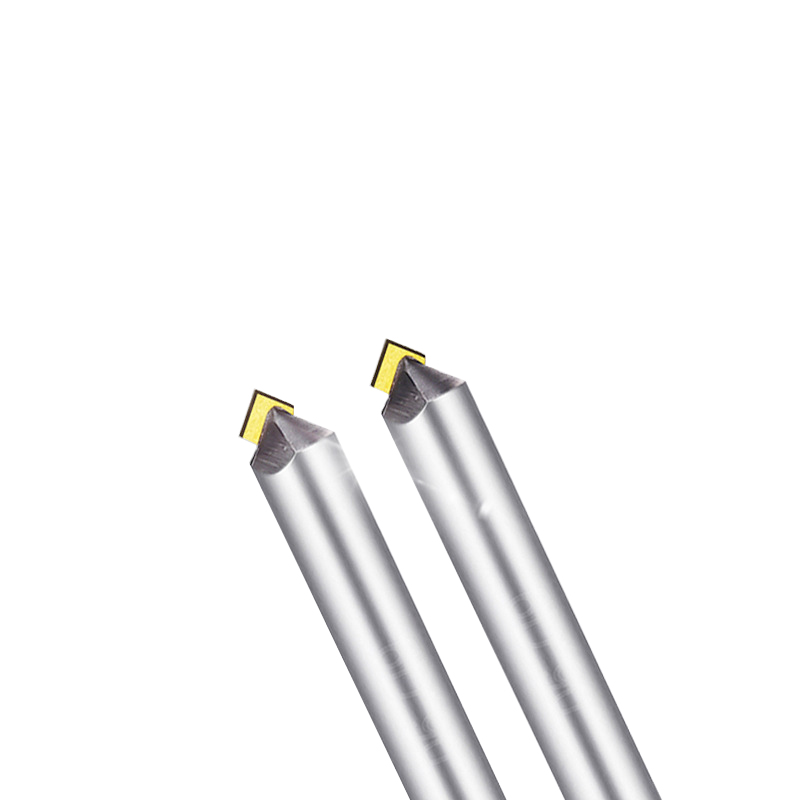
Lathe Bits MCD High Gloss Chamfer Tool
Product Information Origin Tianjing, China Cutting Edge Form Straight Edge Brand MSK Material Single Crystal Diamond Chamfer Angle 30°-180° Type Angle Milling Cutter Minimum […]
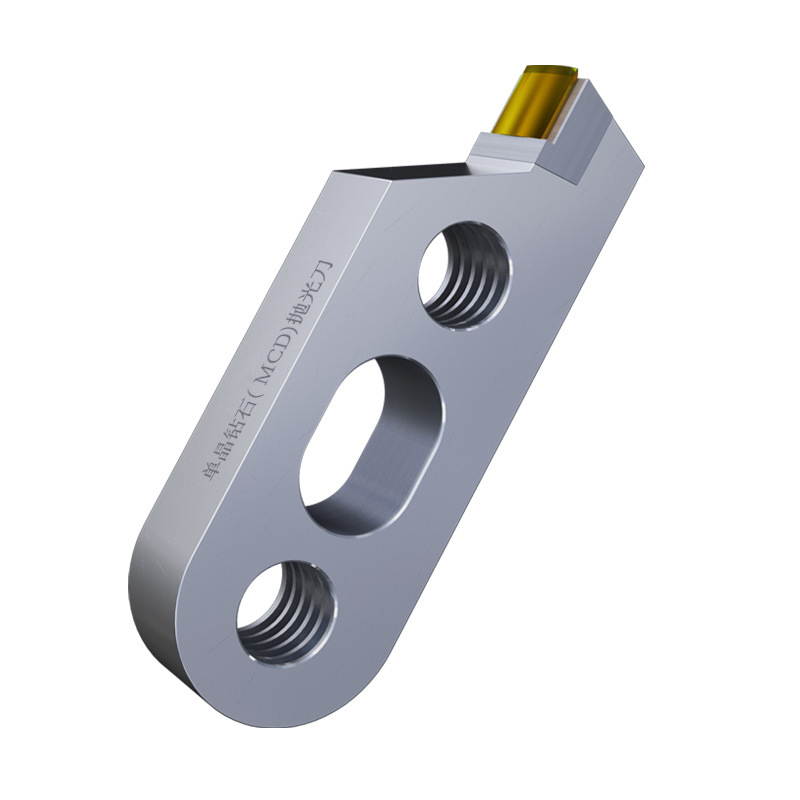
Single Crystal Diamond Polishing Cutter
Origin Tianjing, China Shank Diameter 6 (mm) Brand MSK Blade Change Method The Diamond Is Welded To The Cutter Body As A Whole Material Single Crystal Diamond (MCD) Scope Of […]
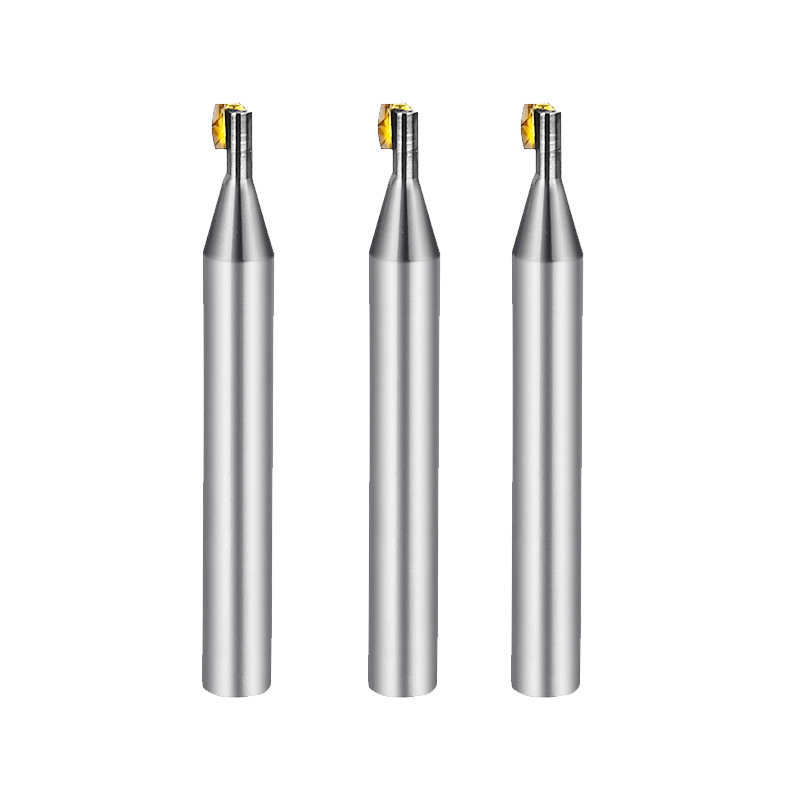
Diamond Turning Tools Outer Jewelry R Cutter
Product Information Origin Tianjing, China Material Tungsten Steel Brand Msk Type Half Round Key Milling Cutter Product Name Single Crystal Diamond Side Edge Arc Milling Cut […]
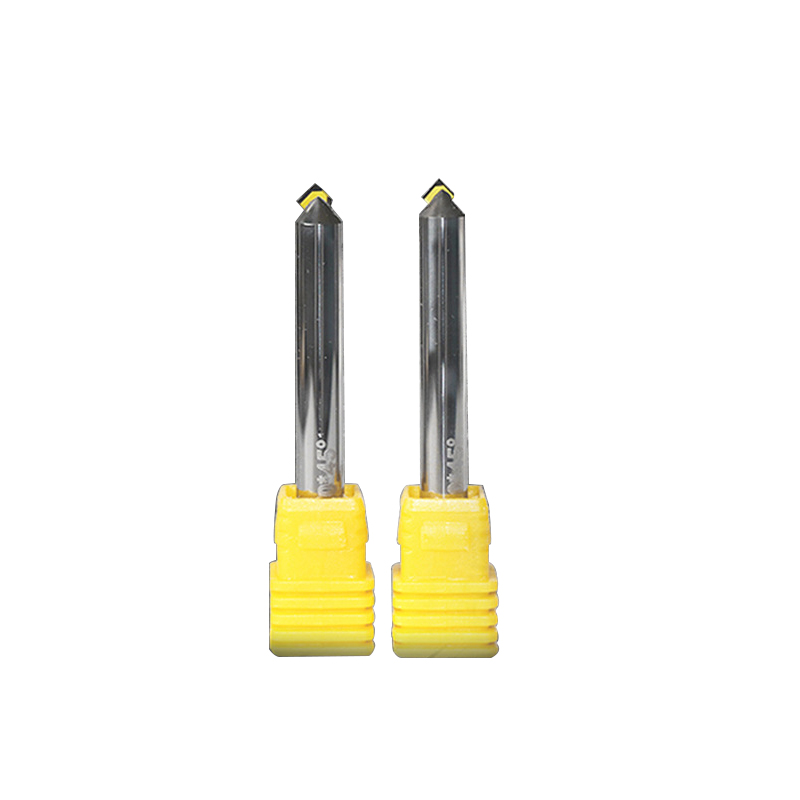
MCD Polishing Cutter for Gold Silver
Product Information Origin Tianjing, China Whether To Coat Uncoated Brand MSK Unit Weight 0.3kg Tool material Tungsten steel bar imported from Germany Product Size Shank Dia […]
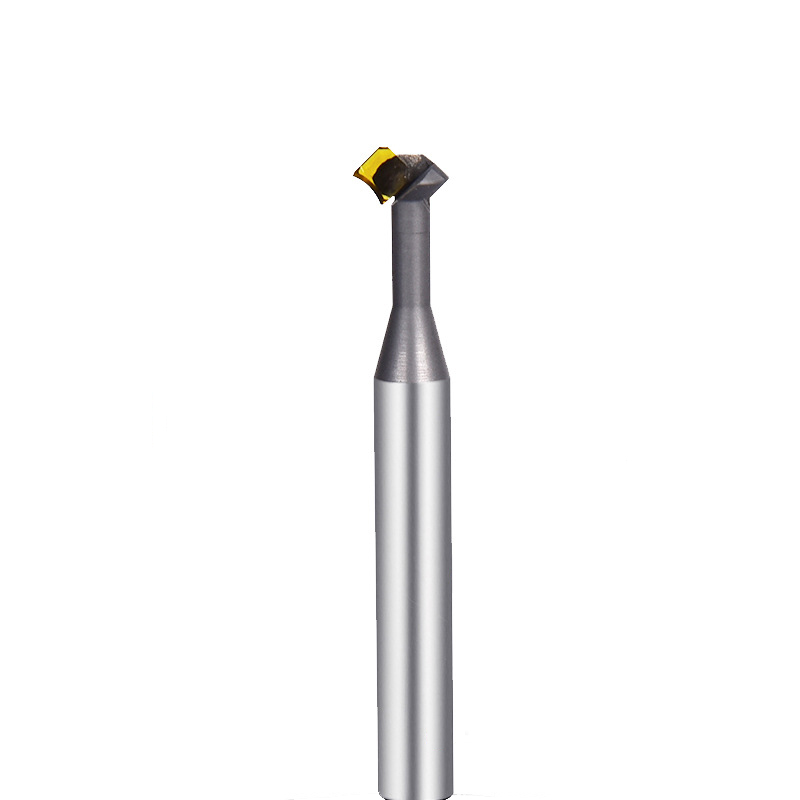
MCD Turning Tool Mirrow Finish R Cutter
Product Information Product Name Single Crystal Diamond Lower Chamfering Inner R Cutter Brand MSK Handle Material Tungsten Steel Blade Material Customized Pcd, Single Crysta […]
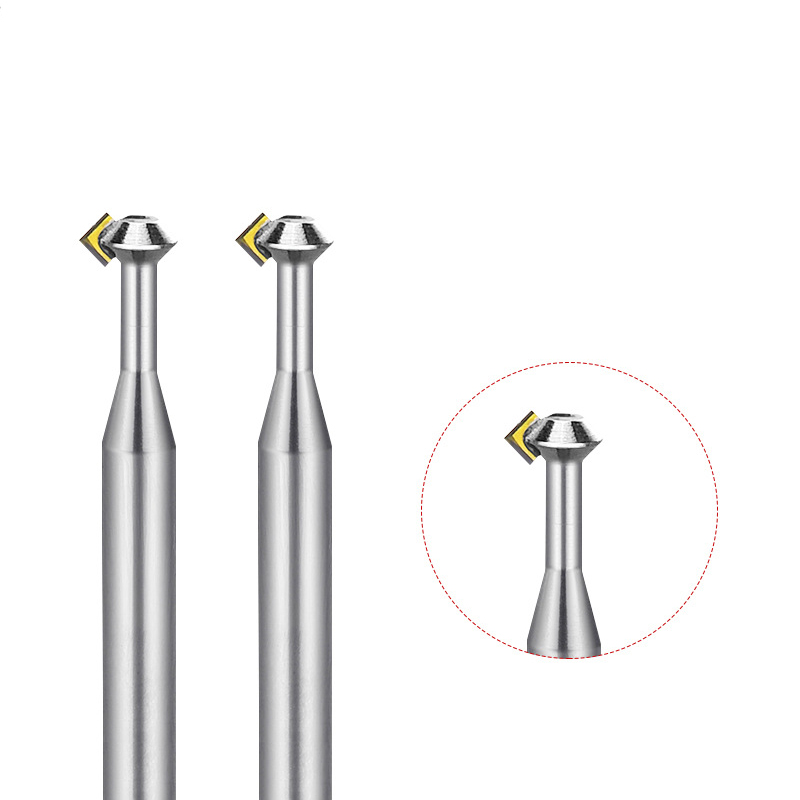
MCD High Gloss Chamfer Cutter For Gold
Product Information Origin Tianjing, China Type Flat Milling Cutter Brand Msk Whether To Coat Uncoated Series Cutter Milling Cutter Processing Range Clocks And Watches, Copp […]
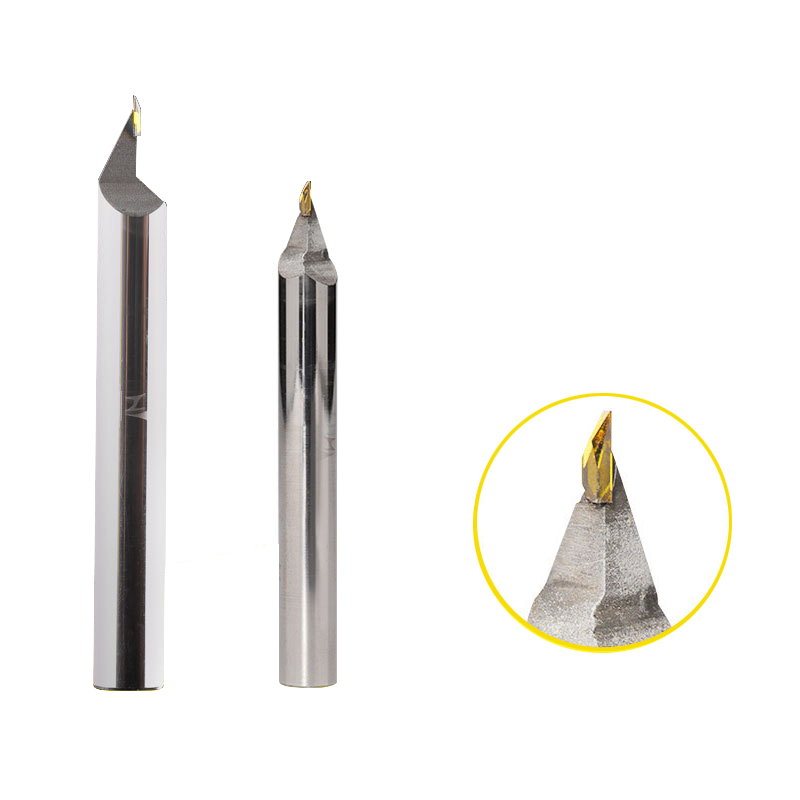
CVD/PVD/MCD Gold Jewelry Diamond Engraving Cutter
Parameter Product Name Single Crystal Diamond Carving Cutter Rotating Speed 10000-30000r/min Tool Nose Width 0.1-6.0mm Feed 1500-5000mm/min Blade Material Single Crystal Dia […]
Post time: 2022-05-17




